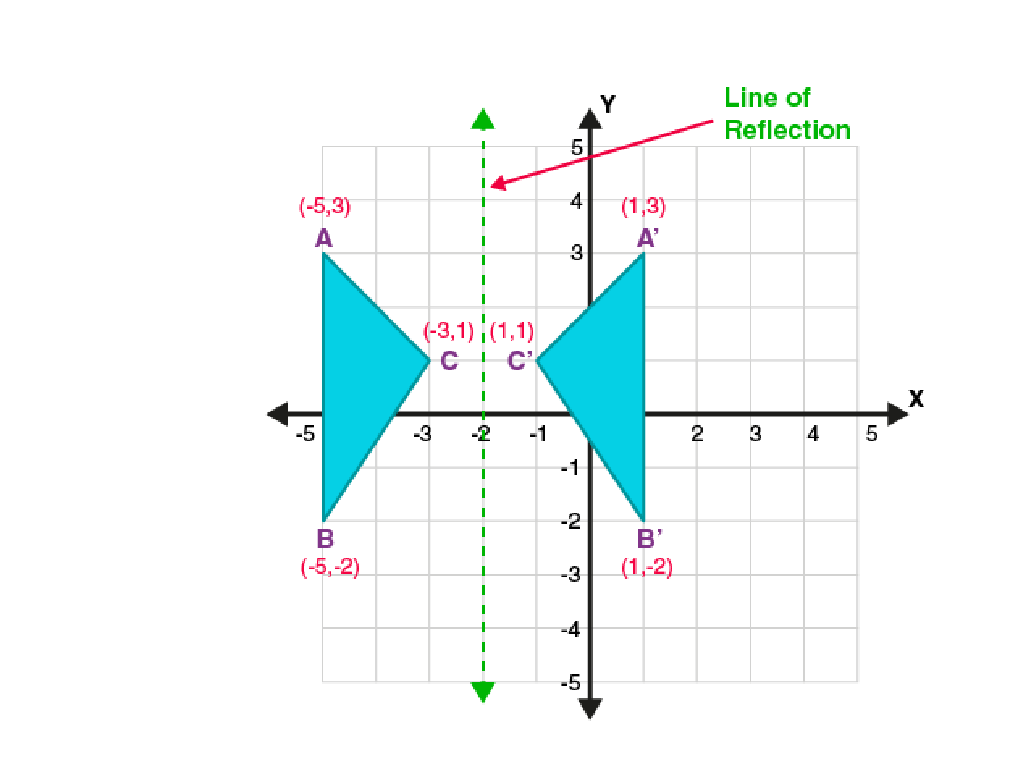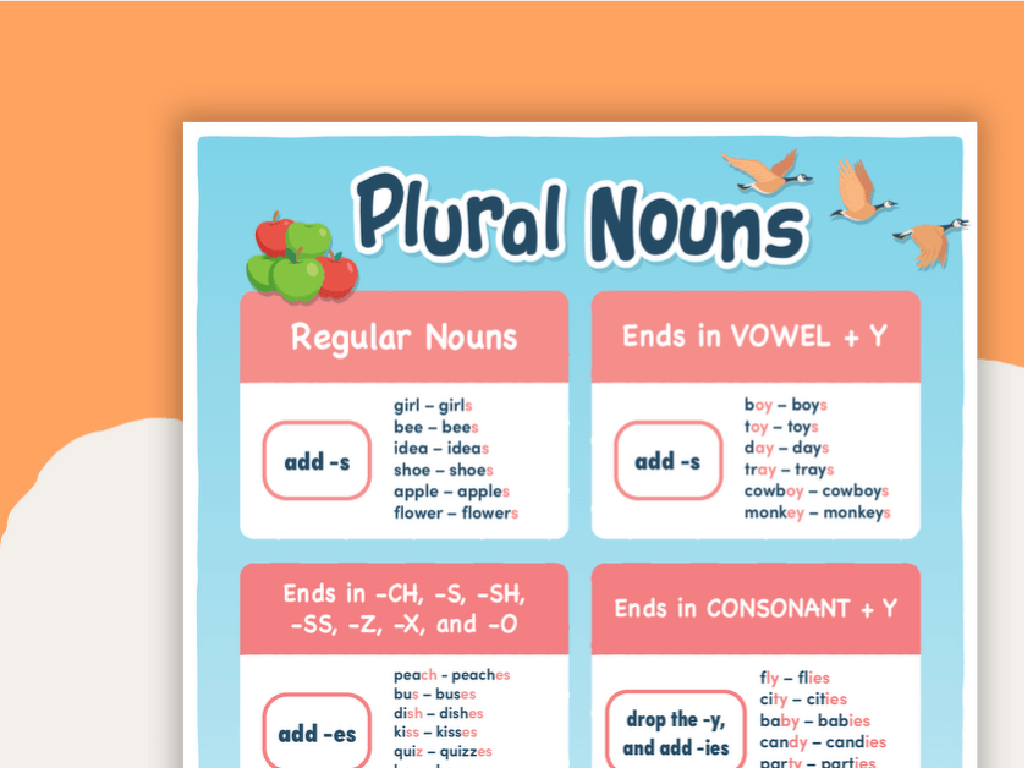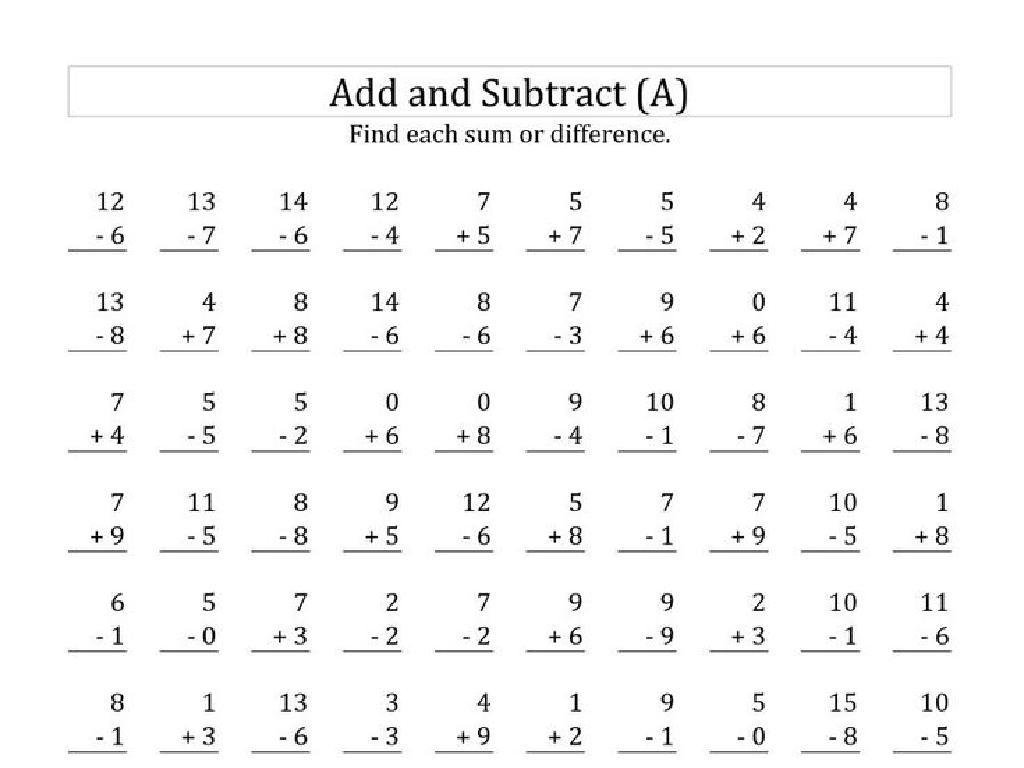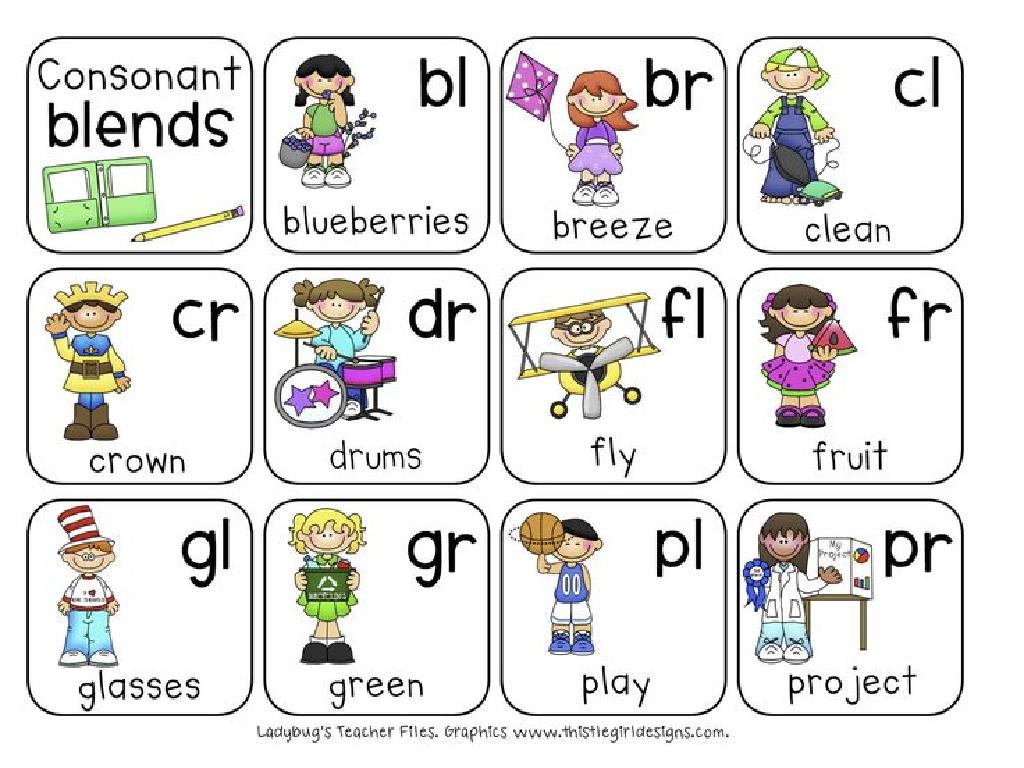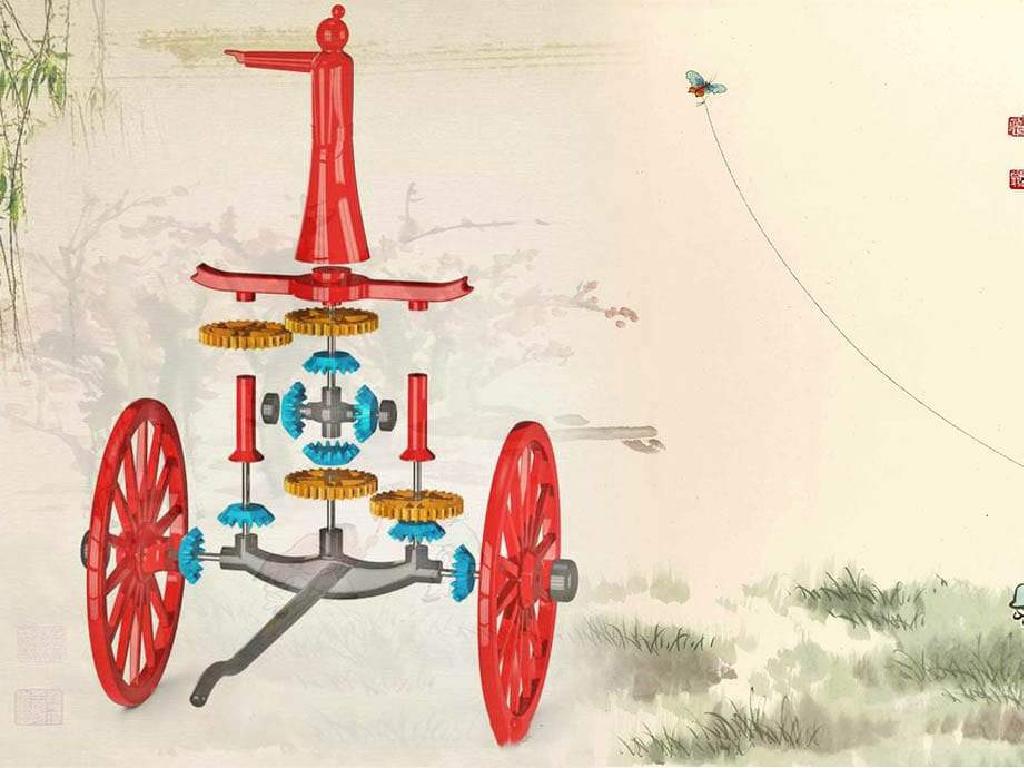Weather Or Climate? Cite Text
Subject: Science
Grade: Fifth grade
Topic: Weather And Climate
Please LOG IN to download the presentation. Access is available to registered users only.
View More Content
Welcome to Weather and Climate!
– Explore our atmosphere
– Define weather
– Weather is day-to-day conditions
– Define climate
– Climate is the average over many years
– Weather vs. Climate
– How are weather and climate different?
|
This slide introduces students to the concepts of weather and climate, which are fundamental in understanding Earth’s atmospheric conditions. Begin by discussing the atmosphere and its layers, emphasizing its role in weather phenomena. Explain that weather refers to short-term changes in the atmosphere, such as rain, sunshine, wind, and snow, which can change from day to day. Climate, on the other hand, is the average of these weather conditions over a long period, typically 30 years or more. Highlight the differences between weather and climate by providing examples, such as the difference between a rainy day (weather) and the expectation of rain in a tropical rainforest climate. Encourage students to think about the weather they experience daily and the general climate of the place where they live.
Understanding Weather
– Weather: day-to-day atmosphere
– Includes temperature and wind
– How hot or cold, and wind direction/speed
– Considers humidity and precipitation
– Amount of moisture in the air, rain or snowfall
– Examples of weather conditions
– Sunny, stormy, cloudy, rainy, or snowy days
|
Weather is the mix of events that happen each day in our atmosphere including temperature, rainfall, and wind. It’s what you experience when you step outside. Temperature measures how hot or cold the air is, while wind indicates its movement. Humidity is the amount of water vapor in the air, and precipitation is any form of water – liquid or solid – that falls from clouds, like rain or snow. Use examples like a sunny day at the park, a rainy afternoon, or a snowy morning to illustrate different weather conditions. Encourage students to observe the weather daily and keep a log for a week as a practical activity.
Observing Weather: Measurement and Prediction
– How is weather measured?
– Temperature, wind, precipitation, and humidity are measured.
– Tools used by meteorologists
– Thermometers, barometers, anemometers, and rain gauges are examples.
– Today’s weather recording activity
– Observe and note the weather outside using a chart.
|
This slide introduces students to the concept of weather observation and the various methods and tools used to measure and predict weather. Discuss how meteorologists use instruments like thermometers for temperature, barometers for air pressure, anemometers for wind speed, and rain gauges for precipitation. For the class activity, provide students with a simple chart to record the day’s weather, including temperature, wind direction and speed, type and amount of precipitation, and general observations (sunny, cloudy, etc.). Encourage them to compare their findings with official weather reports later. This activity will help them understand the practical aspects of weather measurement and prediction.
Understanding Climate
– Climate vs. Weather
– Climate is long-term, weather is day-to-day conditions
– World’s Various Climates
– From tropical to polar, climates vary globally
– Climate’s Impact on Life
– Influences clothing, food, and how we build homes
– Climate’s Role in Ecosystems
– Determines types of plants and animals in an area
|
This slide aims to differentiate between climate and weather, emphasizing that climate is the average of weather over a long period, typically 30 years. Highlight the diversity of climates around the world, from the constant warmth of the tropics to the extreme cold of polar regions. Discuss how climate affects daily life, including the types of clothes we wear, the food we grow and eat, and the design of our buildings. Finally, explain how climate is a key factor in determining the types of plants and animals that can thrive in an area, affecting the entire ecosystem. Encourage students to think about their local climate and how it shapes their daily activities and the environment around them.
Weather vs. Climate: Understanding the Difference
– Weather: short-term conditions
– Think daily temperature and precipitation
– Climate: long-term patterns
– General trends over years and decades
– Weather changes often
– Sunny one day, rainy the next
– Climate evolves slowly
– Gradual shift like desertification
|
This slide aims to clarify the distinction between weather and climate, which is a fundamental concept in meteorology and environmental science. Weather refers to the atmospheric conditions over a short period, such as hours or days, and includes temperature, humidity, precipitation, cloudiness, visibility, and wind. In contrast, climate describes the average weather conditions for a particular region over a long period, typically 30 years or more. Understanding this difference is crucial for interpreting meteorological data, predicting weather patterns, and discussing climate change. It’s important for students to grasp that while weather can fluctuate dramatically from day to day, climate is about the long-term trends that influence and are influenced by global and regional environmental factors.
Understanding Climate Change
– Define climate change
– Long-term alteration of temperature and typical weather patterns in a place.
– Human impact on climate
– Burning fossil fuels, deforestation, and industrial processes add greenhouse gases to the atmosphere.
– Actions to reduce climate change
– Use energy wisely, plant trees, and reduce, reuse, recycle to lower our carbon footprint.
|
This slide aims to explain the concept of climate change to fifth graders, emphasizing the role of human activities in accelerating this process and the steps we can take to mitigate it. Begin by defining climate change, highlighting that it’s not just about warming, but also includes changes in precipitation patterns, sea level, and weather extremes. Discuss how everyday activities contribute to greenhouse gas emissions and global warming. Conclude with actionable steps students can take, such as conserving energy, planting trees, and recycling, to help reduce their impact on the environment. Encourage students to think of ways they can implement these actions in their daily lives.
Class Activity: Weather or Climate?
– Sort scenarios: Weather vs. Climate
– Discuss the reasons for your sorting
– Why does ‘raining for a week’ fit into weather, not climate?
– Share findings with the class
– Understand the difference
– How does knowing the difference help us?
|
This activity is designed to help students differentiate between weather and climate through practical application. Provide students with various scenarios and ask them to categorize them as ‘Weather’ or ‘Climate’. For example, ‘It rained for a week’ is a weather scenario, whereas ‘Summers are hot and dry’ refers to climate. Encourage students to discuss their reasoning in small groups, fostering critical thinking. After sorting and discussion, each group will share their findings with the class, allowing for a collaborative learning experience. As a teacher, guide the discussion by asking probing questions and provide feedback. This will help students understand that weather is a short-term condition of the atmosphere, while climate is the average weather pattern over a long period.
Conclusion: Weather vs. Climate
– Recap: Weather vs. Climate
– Weather is day-to-day, climate is long term pattern.
– Importance of this topic
– Knowing this helps us prepare for future conditions.
– Open floor for questions
– Reflect on today’s learning
– Think about how weather and climate affect your life.
|
As we wrap up today’s lesson, it’s crucial to revisit the key differences between weather and climate. Weather reflects short-term conditions of the atmosphere while climate is the average weather over a long period. Understanding these concepts is vital for predicting future conditions, preparing for natural events, and contributing to discussions on climate change. Encourage students to ask any lingering questions they might have or share insights they’ve gained. This reflection helps solidify their learning and allows them to see the relevance of these concepts in their daily lives.

